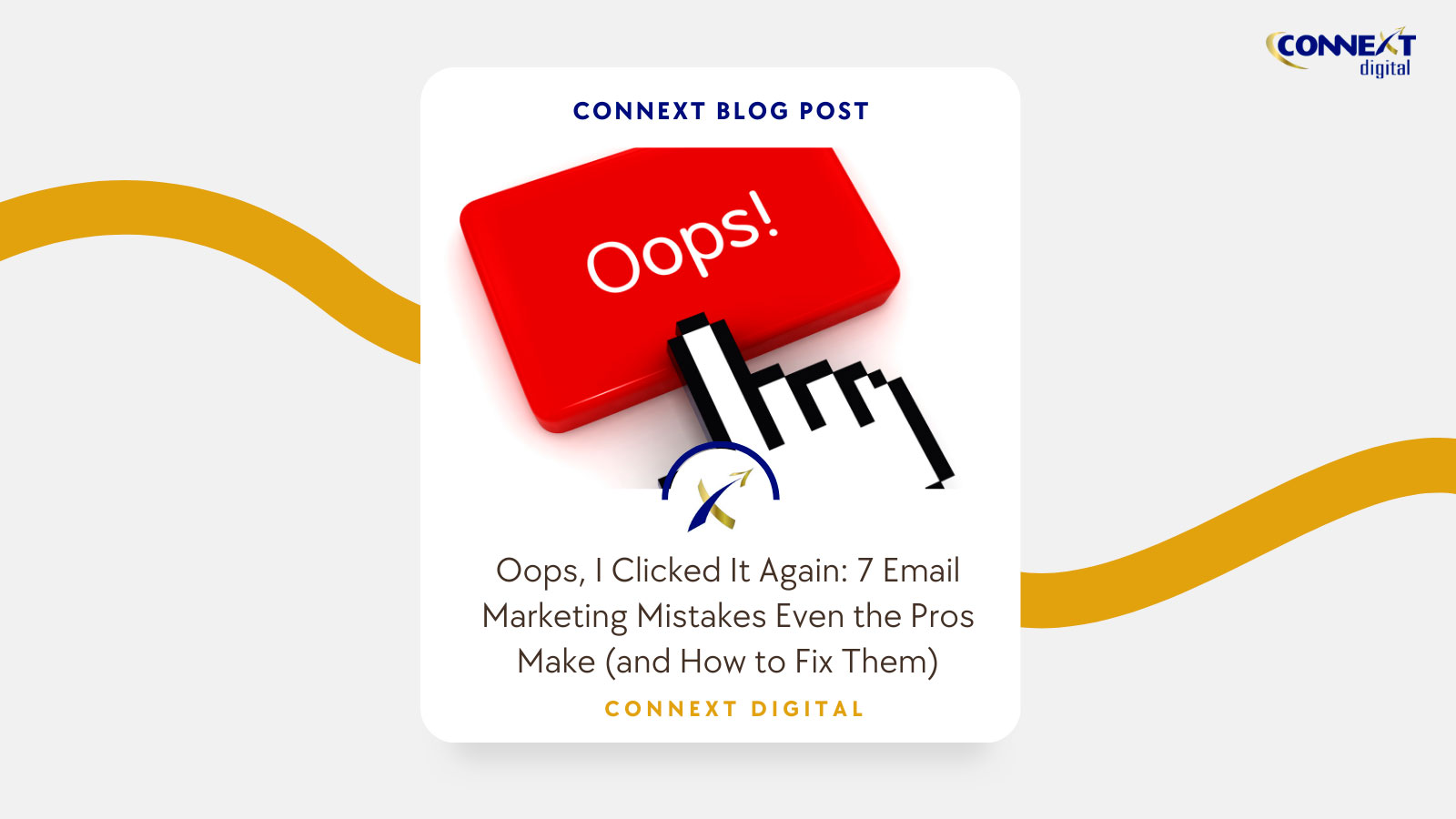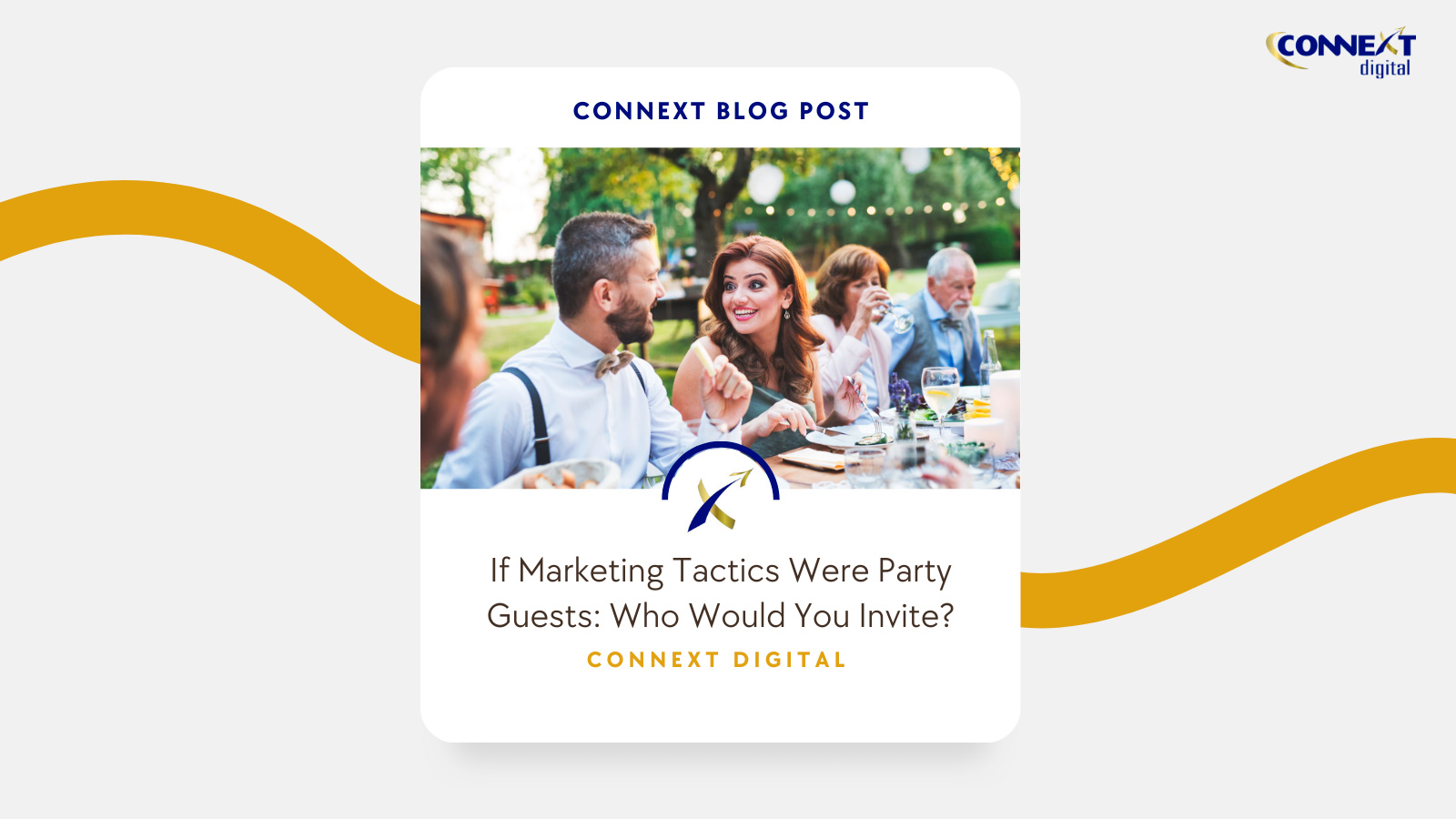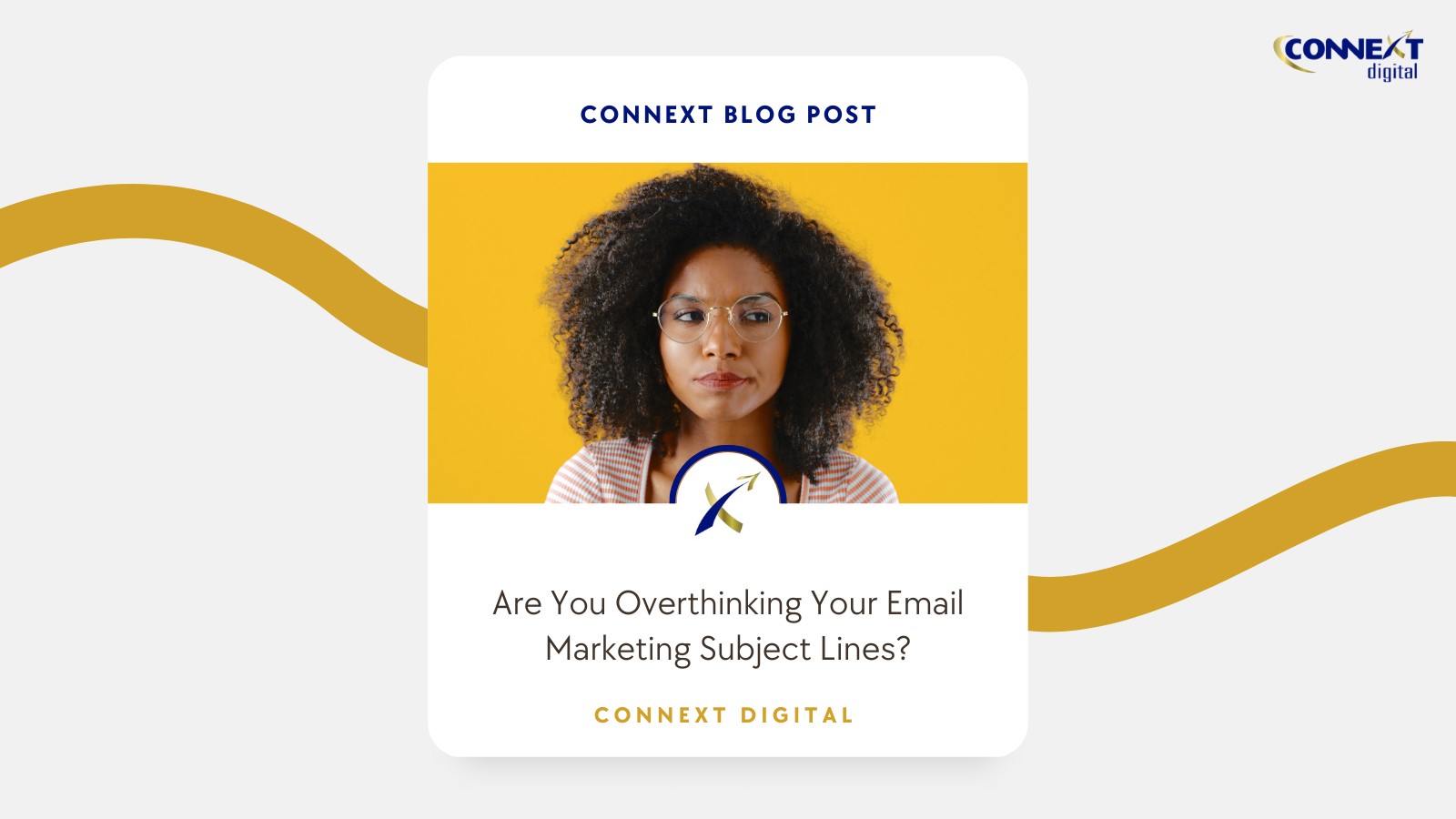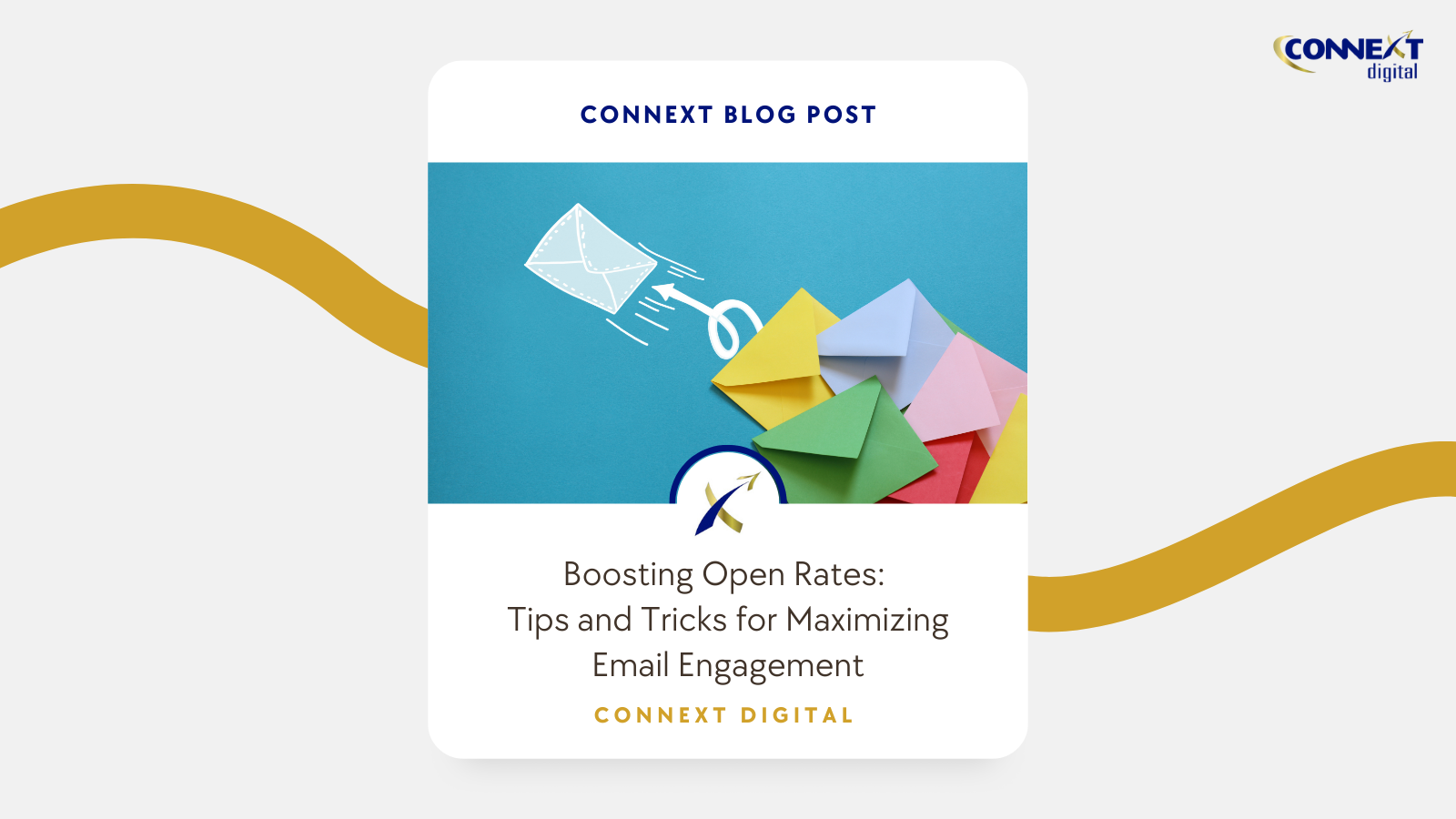
5 Factors That Influence the Modern Consumer’s Buying Decision
Years ago, consumers would rely heavily on traditional ads and word of mouth recommendations whenever they’re about to make a purchase. Even though these methods still prove to be effective, the introduction of technological innovations has indeed transformed the way brands and consumers interact. Nowadays, there are more factors beyond brand visibility that can influence a buyer’s decision.
Consumer behavior has evolved over the years. Due to the emergence of social media, review platforms, and other digital channels, consumers today don’t just want to make a purchase, they want to establish a relationship with a brand, as well. Luckily, this can be easily done through a consumer-driven approach.
If you want to switch up your sales and marketing campaigns, the first step is to know the factors that can influence a buyer’s decision. But before we dive in any deeper, let’s review how the modern consumer makes a purchase.
How do consumers make a decision?
Whenever someone expresses intent to buy a product, they go through a cycle called the consumer decision journey. Here’s a quick breakdown of the five stages.
-
Awareness
Once people are exposed to your ads, they’re now aware of the presence of your business. If you’re an insurance provider, having your brand’s name across billboards, on paid advertisements, and on television will make people looking for a policy consider you as an option.
-
Evaluation
The customer will collect options and consider all the necessary factors to evaluate every single one of them carefully. Once your ads have acquired the interest of your leads, their first instinct would be to search for more details about your business. This is where review sites and social media platforms come into play.
-
Purchasing
After considering all factors, the customer finally decides to convert. Consumers nowadays expect a variety of purchasing options, primarily if your business operates in the retail industry. Optimizing your site or app and having open customer service lines will pave the way for a seamless process.
-
Experience
Once your services are under operation, this is the stage where impressions and opinions are formed. If you were able to provide a positive experience successfully, this would naturally lead to desired outcomes.
-
Advocacy
You may have tailor-fit campaigns lined up, but word-of-mouth marketing remains to be the most effective marketing tool. In fact, 92% of consumers will believe in the recommendations of peers more than anything.
Once you’ve successfully addressed the needs of your customers, there’s a good chance that your clients will be advocates of your brand. Other than establishing your reputation, you can establish customer loyalty and easily convince them to repeat a purchase.
Factors that influence the modern consumer’s buying decision
With the consumer’s journey explained, let’s analyze the different factors that can affect a person’s purchasing decisions.
-
Consumer reviews
With brands and businesses constantly entering the digital space, people are constantly being exposed to an overwhelming array of options. As they narrow down their choices, one significant factor they rely on is the experience of past customers.
Now that service standards are higher than ever before, you’ll need to maintain a positive reputation in the market. Since 90% of consumers turn to brand reviews to know more about a business, it has become a critical part in optimizing your conversions. If you want to establish yourself as a trustworthy figure you must foster positive brand experiences to build brand loyalty eventually.
-
Recommendations taken from various channels
Even though word-of-mouth marketing is arguably the main factor that can affect the customer’s purchasing decision, it’s essential to know the other ways your audience gathers information regarding your brand.
Social media platforms can allow you to monitor and engage with your customers. Since 78% of consumers are heavily influenced by a brand’s behavior on social media; platforms such as Facebook and Instagram allow you to strengthen your online presence.
If you have a website, incorporating a section or creating a landing page specifically for customer testimonials can give your leads an idea of what to expect when they partner with you.
-
Social and cultural influences
Since humans have an innate need to belong, people are wired to follow certain social norms naturally. Social and cultural influences also come into play when a person is about to make a purchase. It’s important to note that the opinions of friends, families, and social groups can influence both their small purchase or life-changing investment.
In the bigger picture, the cultural practices of people in a particular area or community may define the things they consume. If you work in the food industry and all your products are based on meat, you won’t be able to drive your sales if you set up shop in a vegetarian community.
These influences are the reasons why people are easily enticed to follow trends. If a person sees that others are enjoying a specific product, he or she will have a subconscious desire to own one. Even though people have different practical and psychological motivations for purchasing a product, the influence of herd mentality can have an emotional impact on a consumer.
-
Individual purchasing capabilities
Analyzing customer demographics is an element in market research. Other than taking note of audience characteristics like age, gender, and location, taking note of their social status will allow you to create accurate buyer personas. A person’s financial status will ultimately define the things he or she can buy.
Your products may be top-of-the-line, but you won’t be able to get favorable results if they aren’t priced to the purchasing capabilities of your audience. Other than individual capacity, take note that the economic status of the area where your audience is located will also play a big part in influencing their financial behaviors.
-
Personal preferences
At the end of the day, it all boils down to a person’s unique preferences. Customer behavior is heavily influenced by lifestyle choices, beliefs, likes or dislikes, and aesthetic preferences since the average consumers are most likely to choose a brand that resonates with them. This is mainly the reason why targeted ads and branding are so imperative.
Compared to ads that are built for the average Joe, 54% of consumers find personalized ads to be more engaging. Meanwhile, branding that’s suited to the taste of your audience will make it easier for them to recall you when they require your service.
Know your customers
Businesses that know their audience by heart will always stay one step ahead of their competitors. By understanding the buyer’s journey and the factors that affect their purchasing decisions by heart, you can enhance the effectivity of your marketing and sales strategies.
In this digital age, the battle for leads and conversions will only get tougher. If you want to stay relevant in the ever-competitive digital space, driving more leads through multi-channel marketing will be your ultimate key to success.






